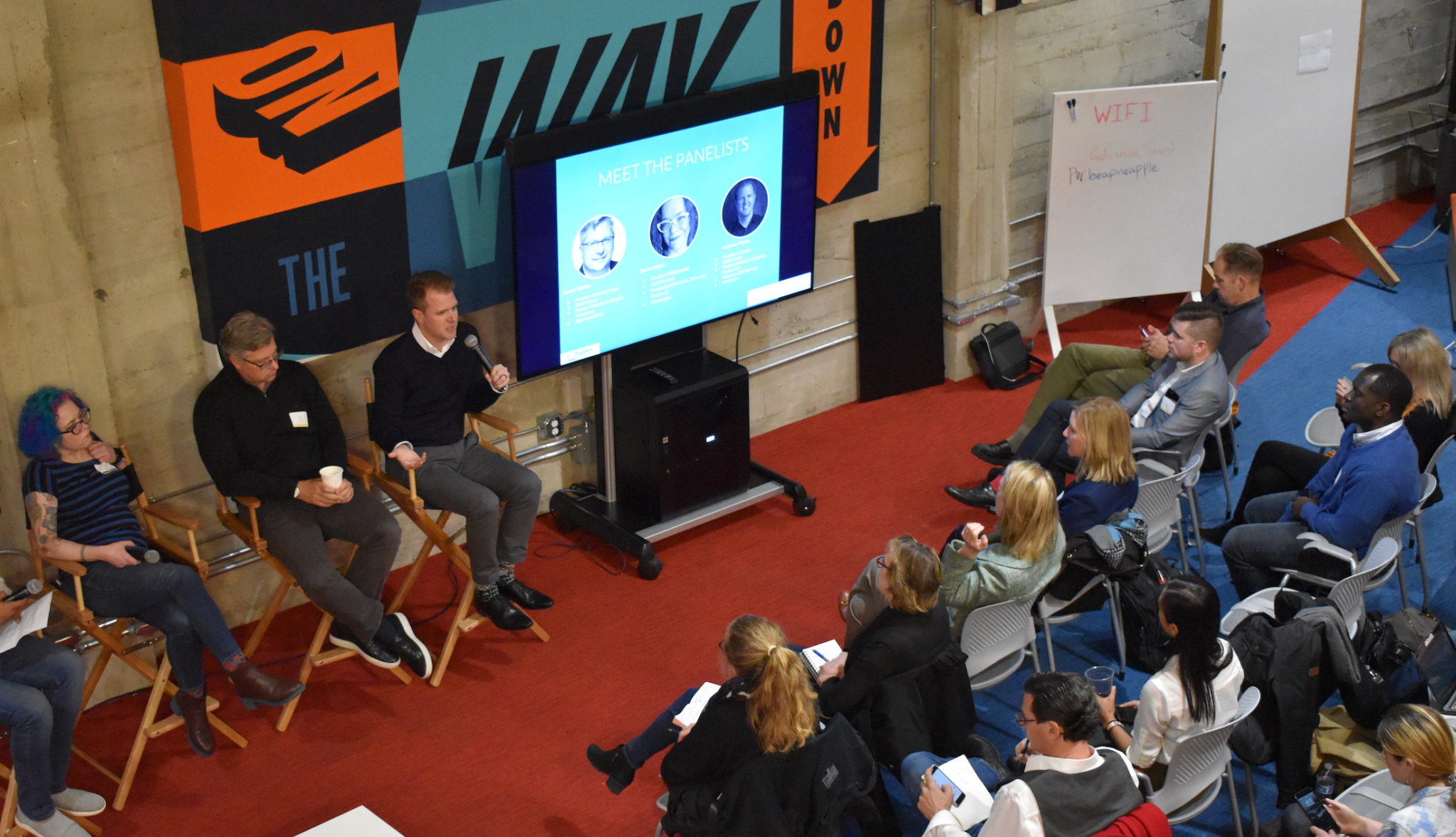
For passionate founders, a brilliant startup idea can feel like striking gold. However, the road from conception to a thriving business is paved with crucial steps, and validation is one of the most important.
Startup idea validation is the process of systematically assessing the viability of your concept. It’s about stepping outside your own enthusiasm and gathering real-world data to determine if there’s a genuine market need for your offering. Think of it as a tightrope walk – navigate it successfully, and you’ll build a strong foundation for your future business. Misstep, and you risk wasting valuable time, resources, and potentially, your dream.
Here, we explore the top 10 startup idea validation mistakes founders make, with insights on how to navigate them effectively.
Falling in Love with Your Idea, Not the Problem
Founders often become emotionally invested in their ideas, making it difficult to see flaws. This “founder’s bias” can lead to overlooking the actual problem customers face.
Solution: Focus on understanding customer pain points. Conduct in-depth interviews, user surveys, and competitor analysis to identify the core problem and validate its existence. According to a study by CB Insights, a whopping 42% of startups fail due to a lack of market need, highlighting the importance of validating the problem first.
Confusing Interest with Validation
Hearing “cool idea!” from friends or family isn’t validation. These responses often stem from politeness rather than genuine market need.
Solution: Seek feedback from potential customers who represent your target audience. Ask specific questions that gauge their willingness to pay for a solution and identify alternative solutions they currently use. Don’t rely on vague expressions of interest; dig deeper to understand the true value proposition for your target market.
The “Field of Dreams” Fallacy (If We Build It, They Will Come)
Assuming customers will flock to your product without targeted validation is a recipe for failure.
Solution: Actively validate market demand. Create prototypes, Minimum Viable Products (MVPs), or mockups to gather real-world feedback. A/B testing different features can further refine your solution based on user behavior. Remember, Steve Blank famously stated, “There are no facts in startups, only opinions.” Validation helps turn those opinions into data-driven insights.
Ignoring the “Intention-Behavior Gap”
Customers often express interest in a product, but their actions don’t always reflect their words. Don’t rely solely on verbal commitments.
Solution: Observe actions, not just words. Track user engagement with prototypes, analyze user behavior with real data (clicks, sign-ups), and conduct post-interaction surveys to understand the gap between intention and reality. For instance, a study by Forrester found that a significant disconnect exists between what customers say they will do and what they actually do, emphasizing the need to go beyond verbal commitments.
Validating in a Vacuum
Operating in isolation can lead to blind spots. Seek diverse perspectives to refine your understanding of the market.
Solution: Build an advisory board comprised of industry experts, potential customers, and mentors. Engage with startup communities and participate in relevant online forums to gather broader feedback.
To learn more about startup idea validation mistakes, see if you qualify for membership to join Founders Network.
Not Talking to Enough People
A limited sample size can skew your validation results. Aim for a representative sample across your target demographic.
Solution: Leverage online survey tools and social media platforms to reach a larger audience. Attend industry events and conferences to connect with potential customers directly.
Confusing Features with Benefits
Don’t focus on how cool your product is; focus on how it solves a specific problem and improves customer life.
Solution: Frame your validation questions around benefits. Ask users how your idea would alleviate their pain points and what positive changes they would experience by using it.
Fear of Negative Feedback
Negative feedback can feel discouraging, but it’s a crucial part of validation. It helps identify flaws and allows for course correction.
Solution: Adopt a growth mindset. View negative feedback as an opportunity to improve your value proposition. Actively seek out constructive criticism to strengthen your idea.
Not Iterating Based on Validation
Validation is not a one-time event. It’s an ongoing process that informs product development and go-to-market strategy.
Solution: Be adaptable. Continuously analyze validation data and user feedback to iterate on your idea and ensure a product-market fit.
Failing to Test Assumptions Early and Often
Founders often make assumptions about their target market, business model, or pricing strategy. Leaving these untested can be disastrous.
Solution: Design validation methods to explicitly test these assumptions. Use surveys, landing pages with different pricing options, or focus groups to gather data and refine your hypothesis.
Avoiding the Top Startup Idea Validation Mistakes
The path to validation isn’t linear, but by following these tips and avoiding common mistakes founders make when validating their startup ideas, you can significantly increase your odds of success. Remember, validation is an ongoing process. As you gather feedback and iterate on your idea, continue to test your assumptions and refine your approach. Embrace a growth mindset, view challenges as opportunities to learn, and don’t be afraid to pivot based on the data you collect. With a commitment to thorough validation, you’ll be well on your way to building a product or service that truly resonates with your target market, laying the foundation for a thriving startup.
To learn more startup idea validation mistakes, see if you qualify for membership to join Founders Network.






